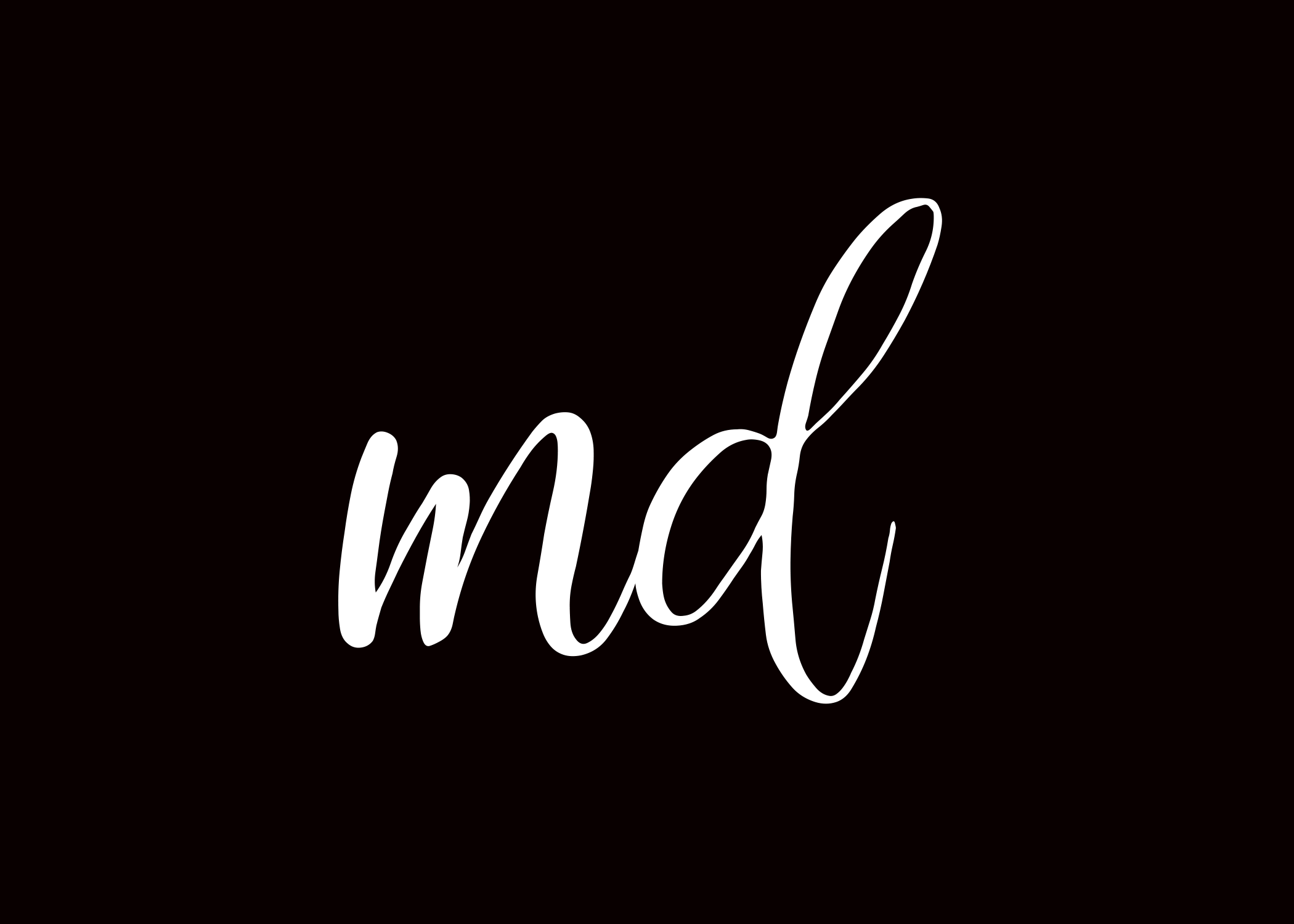What You Need To Know About Cold Sore Stages

Cold sores or fever blisters are a common viral infection. In fact, they are so common that in the U.S., between 50 and 80 percent of people have oral herpes that makes them susceptible to cold sores. Cold sores are tiny fluid-filled blisters on and around your lips. After the blisters break, a crust forms over the resulting sore. Even more so, as many as 50% of people are infected with the virus by the time they’re in kindergarten. However, not everyone will experience the symptomatic cold sores, though. Cold sores usually cause pain, a burning or tingling sensation before they burst and crust over. What causes cold sores to appear can be blamed on the herpes simplex type 1 (HSV-1) virus, but sometimes even the herpes simplex type 2 (HSV-2) can do that too, but mostly this one usually affects the genital area. Usually, they go away on their own in a week or two and they don’t leave scars, fortunately.
A person that gets infected by the herpes simplex type 1, means that the virus stays in your body for the rest of your life. But don’t cringe just yet, as the virus usually tends to stay inactive or dormant. When people get infected for the first time, they may experience fever, headache, nausea, and even vomiting. Along with these symptoms, they may also have painful swelling and open sores in the mouth. Sometimes, some people may even experience a sore throat. However, the symptoms begin a week after someone is exposed to the virus.

Recurrences of cold sores may be triggered by different factors such as stress, fatigue, hormonal changes, and even weather changes. The good news is that the virus stays dormant in the body and usually doesn’t present any symptoms. However, if you do start experiencing symptoms, know that you’re in for a cold sore outbreak. When you’re experiencing recurrences, the blisters will most probably develop in the same place as previously, as the virus tends to reactivate in the same spot each time. Children can develop cold sores inside the mouth, which are often mistaken for canker sores. It is important to see your pediatrician as soon as possible since they can accurately diagnose them based on a physical exam and the overall symptoms.
Usually, after the first symptoms of cold sores show up, it takes about two weeks to four weeks for them to heal completely. During this period, your cold sore will go through different stages and it is important to know each and every single one of them, so you have an idea what you’re going through.

Stage 1
The first stage of a cold sore outbreak, which is considered the first one or two days, has people feeling a tingling or burning sensation around their mouth. If this is not your first cold sore outbreak, you will most likely feel the same sensation in the same location as previously felt. However, there are times where people experience these tingling sensations, but don’t actually develop blisters or a cold sore outbreak.
Stage 2
After two or three days that you have felt that tingling or burning sensation, small, hard, and fluid-filled blisters start to appear on the lips, nose, cheeks or other parts of the face. If the herpes simplex virus spreads to your eyes it is important to see your eye doctor immediately as the virus can cause serious damage to your eyesight. During stage 2, the blisters are highly contagious and you can spread the virus to other body parts by touching a sore, then touching another body part. If you do touch a cold sore, you should immediately wash your hands.
Stage 3
The tiny blisters can merge together, then burst and take the form of open sores that ooze fluid. At this stage, sores can be very painful. A few days after, the open sores will begin to dry out and scab. Scabs can be very itchy and even crack, so stop picking at your scabs as this only makes the discomfort even higher. Even when your sores have completely scabbed over, they are still highly contagious. The location of your cold sore will begin to heal between five to fifteen days after the initial outbreak.

Although cold sores are not a serious health issue in adults, they can pose life-threatening dangers in newborns, children, or people with a weakened immune system. It’s important to note that you can infect other people with the herpes simplex virus even after your sores have scabbed over. In order not to do that, make sure you avoid the following:
– Touching your cold sores
– Kissing/oral sex
– Sharing food, utensils, or other personal items that come in contact with cold sores
– Touching or making contact with a newborn or people with a weakened immune system
You might also want to read: What Exactly Causes Cold Sores To Appear?
